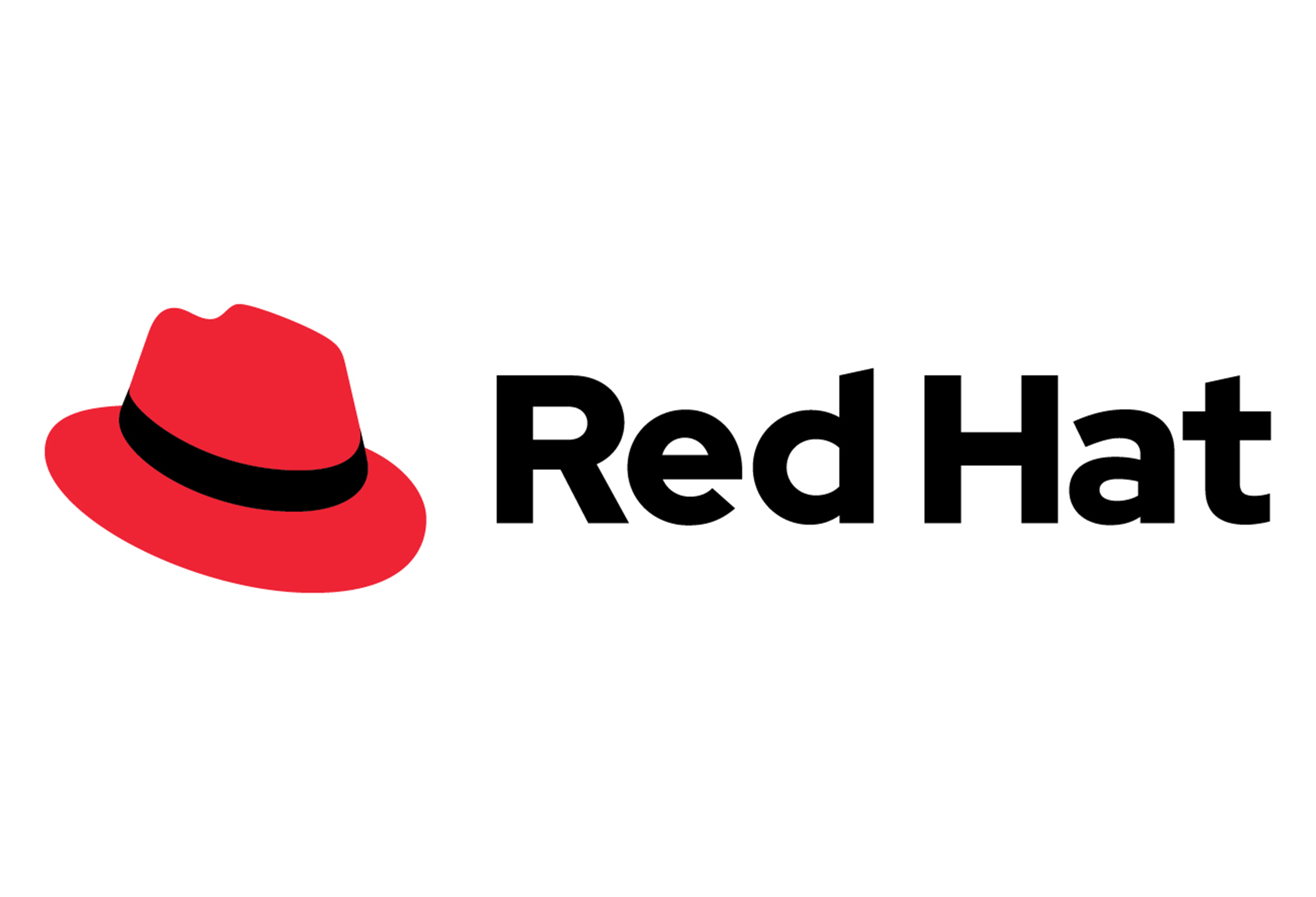
บทความโดย มาสสิโม เฟอรารี่
ผู้จัดการผลิตภัณฑ์ – Ansible Security Automation, เร้ดแฮท
การรักษาความปลอดภัยไซเบอร์ขององค์กรกำลังได้รับการพิจารณาตรวจสอบอย่างจริงจัง เพราะการโจมตีทางไซเบอร์และการละเมิดสิทธิ์กำลังแพร่กระจายมากขึ้น นายมาสสิโม เฟอรารี่ ผู้จัดการฝ่ายที่ปรึกษาด้านผลิตภัณฑ์ ซึ่งดูแลผลิตภัณฑ์ Ansible Security Automation ของเร้ดแฮท กล่าวถึงวิธีการที่ระบบอัตโนมัติสามารถช่วยให้การทำงานด้านการรักษาความปลอดภัยต่าง ๆ รวมเป็นหนึ่งเดียว และเปิดโอกาสให้ผู้ดูแลด้านไอที และผู้เกี่ยวข้องทางธุรกิจทุกฝ่ายสื่อสารกันได้
บริษัทในกลุ่ม FTSE 100 หรือ Fortune 500 มีการใช้ชุดกฎระเบียบในการป้องกันภัยไซเบอร์ที่ใหญ่โต และซับซ้อน บริหารจัดการโดยทีมงานด้านความปลอดภัยหลายทีมที่กระจายกันอยู่ตามหน่วยธุรกิจและภูมิภาคต่าง ๆ ต้องใช้ความพยายามที่สูงมากในการทำให้ข้อมูลขององค์กรหนึ่ง ๆ มีความปลอดภัย แต่ถึงแม้ว่าทีมงานที่ดูแลด้านการรักษาความปลอดภัยจะทุ่มเทอย่างมากและมีเตรียมการอย่างดีแล้วก็ตาม แต่ทีมงานก็ยังขาดรูปแบบ (framework) และการสื่อสารพื้นฐานที่ทุกคนสามารถเข้าใจได้ง่าย ๆ เพื่อใช้สื่อสารความคิด แผนการออกแบบ และกระบวนการต่าง ๆ ให้ทุกฝ่ายที่เกี่ยวข้องเข้าใจได้
สิ่งที่กล่าวมาข้างต้นจะสำเร็จได้ด้วยการใช้เวิร์กโฟลว์และกระบวนการทำงานที่เป็นอัตโนมัติที่ทำงานด้วยภาษาสากลที่สามารถโปรแกรมได้ อย่างไรก็ตาม ภาษาที่ใช้จะต้องเป็นภาษาที่ทุกคนเข้าถึงได้ ต้องเป็นภาษาที่เข้าใจง่าย เขียนง่าย เพื่อให้สามารถนำข้อมูลมาจัดทำเป็นเอกสาร และส่งไปยังผู้เชี่ยวชาญด้านความปลอดภัยทุกคนที่มีความชำนาญในการใช้โดเมนที่แตกต่างกัน
นอกจากนี้ระบบอัตโนมัติที่จะนำมาใช้ควรรองรับวิธีการทำงานที่ใครก็สามารถเข้าใช้งานได้ มากกว่าจะเป็นระบบปิดที่มีกรรมสิทธิ์ ซึ่งจะส่งผลให้ระบบนิเวศด้านการรักษาความปลอดภัยอันซับซ้อนที่มีอยู่ในองค์กรขนาดใหญ่เสียสมดุลได้ โดยสรุปแล้วระบบจำเป็นต้องได้รับการออกแบบในลักษณะแยกเป็นโมดูล เพื่อให้สามารถรองรับเครื่องมือรักษาความปลอดภัยทางไซเบอร์จำนวนมากที่องค์กรขนาดใหญ่นำมาใช้เพิ่มขึ้นตลอดเวลาได้
ทีมงานด้านไอทีและระบบเน็ตเวิร์กมีการใช้ระบบอัตโนมัติมาระยะหนึ่งแล้ว ซึ่งเป็นการช่วยส่งเสริมวัฒนธรรมในการทำงานร่วมกันระหว่างผู้มีส่วนเกี่ยวข้องกับระบบไอทีทุกฝ่าย อย่างไรก็ตาม การนำระบบอัตโนมัติมาใช้เป็นกระบวนการต่อเนื่อง ซึ่งทีมไอทีต้องมองหาและนำเครื่องมือต่าง ๆ มาทำงานร่วมกันให้ได้อย่างมีประสิทธิภาพอยู่ตลอดเวลา เพื่อใช้สนับสนุนโปรแกรมอัตโนมัติที่ทำงานได้อย่างครบวงจร การที่ระบบรักษาความปลอดภัยได้ผสานรวมอย่างแน่นหนาอยู่กับแผนกไอที จะช่วยให้ทีมทำงานด้านการรักษาความปลอดภัยทุกทีม รวมถึงการทำงานบนโปรโตคอลที่แตกต่างกัน มีโอกาสใช้และได้ประโยชน์จากระบบอัตโนมัติเช่นกัน
ในช่วงไม่กี่ปีที่ผ่านมา เราได้เห็นผู้บริหารระดับสูงของฝ่ายไอที เช่น ประธานฝ่ายสารสนเทศ (CIO) และประธานฝ่ายเทคนิค (CTO) เข้ามามีบทบาทในระดับบริหารและมีอิทธิพลต่อการกำหนดกลยุทธ์ขององค์กรมากขึ้น และด้วยความตระหนักถึงการรักษาความมั่นคงปลอดภัยทางไซเบอร์ที่เพิ่มมากขึ้น มีการคาดการณ์ว่าในอีกไม่นานคณะกรรมการบริหารขององค์กรจะพิจารณาให้ประธานฝ่ายความปลอดภัย (CSO) และประธานฝ่ายความปลอดภัยข้อมูล (CISO) เข้ามามีส่วนในการกำหนดทิศทางกลยุทธ์ขององค์กรด้วยเช่นกัน เมื่อผู้บริหารระดับสูงของฝ่ายความปลอดภัยได้เข้าไปมีบทบาทในระดับสูงสุดขององค์กร ทีมงานของฝ่ายความปลอดภัยก็ควรมีบทบาทในหน่วยงานทั้งหมดขององค์กรด้วย โดยการใช้องค์ประกอบที่เหมาะสม (ภาษาที่เป็นสากล ระบบที่ทุกคนสามารถเข้าใช้งานได้ และการออกแบบโมดูลที่เป็นมาตรฐาน) ซึ่งองค์ประกอบเหล่านี้จะสามารถช่วยสนับสนุนเวิร์กโฟลว์ และกระบวนการอัตโนมัติที่สามารถดูแลเรื่องความปลอดภัยภาพรวมเป็นหนึ่งเดียวกับหน่วยงานต่าง ๆ ได้อย่างง่ายดาย
อย่างไรก็ตาม การรักษาความปลอดภัยต้องมีองค์ประกอบอื่น ๆ ด้วย เช่น อุปกรณ์ปลายทาง (endpoint) เน็ตเวิร์ก และการรักษาความปลอดภัยข้อมูล การบริหารจัดการกลุ่มคน กระบวนการ และแอปพลิเคชั่น จำนวนมากอาจมีโอกาสเกิดความเสี่ยงขึ้นได้หากไม่ได้ใช้เวิร์กโหลดที่เป็นระบบอัตโนมัติ
ระบบรักษาความปลอดภัยแบบอัตโนมัติเป็นโซลูชั่นที่ดีเยี่ยมเพื่อใช้ขจัดความท้าทายดังกล่าว ด้วยการรวมวิธีการรักษาความปลอดภัยที่แตกต่างกันเข้าไว้ด้วยกัน ด้วยการใช้ชุดเวิร์กโฟลว์อัตโนมัติ ซึ่งจะช่วยลดอุปสรรคต่าง ๆ ที่มีอยู่ และช่วยให้ผู้เชี่ยวชาญด้านความปลอดภัยสามารถจัดให้ผู้ร่วมงานเข้าถึงระบบและแอปพลิเคชั่นต่าง ๆ ได้ โดยการสื่อสารกับแต่ละคนผ่านสคริปต์อัตโนมัติที่มีคำแนะนำเกี่ยวกับวิธีจัดการงานเฉพาะด้านต่าง ๆ อย่างชัดเจน และเจ้าของระบบสามารถจัดให้มีการเข้าถึงระบบและเครือข่ายได้มากเท่าที่ต้องการ เพื่อช่วยให้ผู้ร่วมงานมีแนวคิดใหม่ ๆ ด้านการรักษาความปลอดภัยของข้อมูลองค์กรมากขึ้น รวมทั้งมีความรู้สึกวางใจและปลอดภัยที่ได้ทราบว่าระบบของพวกเขาจะไม่ถูกบุกรุก หรือสิทธิ์ของพวกเขาจะไม่ถูกละเมิด อย่างไรก็ตาม หากโซลูชั่นด้านระบบอัตโนมัติไม่ได้ใช้ภาษาที่ทุกคนเข้าใจ ทีมงานจะต้องเผชิญกับโค้ด และคำศัพท์ที่มีแต่นักพัฒนาซอฟต์แวร์เท่านั้นที่จะเข้าใจได้
ดังนั้น ผู้จัดการฝ่ายปฏิบัติการด้านการรักษาความปลอดภัยจึงรับรู้และมองเห็นการทำงานของฟังก์ชั่นด้านความปลอดภัยทั้งหมดที่มี ในขณะเดียวกันทีมงานของพวกเขาก็จะสามารถโต้ตอบ และเรียนรู้เกี่ยวกับความรับผิดชอบของแต่ละคน มีการพัฒนาความสัมพันธ์ให้ดีขึ้น และแบ่งปันความรับผิดชอบร่วมกัน อย่างไรก็ตาม ความไม่สมัครใจที่ต้องร่วมกันรับผิดชอบที่เกิดขึ้นในอดีตนั้น เกิดจากการทำงานด้านการรักษาความปลอดภัยที่เป็นแบบต่างคนต่างทำมากกว่าเกิดจากการขาดความไว้วางใจซึ่งกันและกัน
องค์กรสามารถเลือกใช้เฟรมเวิร์กที่แตกต่างกันซึ่งมีอยู่อย่างมากมายได้ แต่หากระบบอัตโนมัติที่จะเลือกมาใช้นั้นทำงานอยู่บนมาตรฐานระบบเปิด (Open Standard) ก็จะเป็นประโยชน์มากขึ้น เพราะตัวระบบจะมีการออกแบบที่ทุกคนสามารถเข้าใช้งานได้ ซึ่งช่วยให้การดำเนินงานด้านความปลอดภัยสามารถพัฒนาเป็นเวิร์กโฟลว์ที่มีโครงสร้างที่สามารถทำงานร่วมกับแพลตฟอร์ม SOAR และแอปพลิเคชั่น SIEM ที่มีอยู่ได้ ซึ่งเป็นการช่วยเสริมศักยภาพได้เป็นอย่างดี
เฟรมเวิร์กของการรักษาความปลอดภัยอัตโนมัติที่เป็นระบบเปิดที่มีประสิทธิภาพจะเชื่อมต่อกับระบบต่าง ๆ ที่ใช้งานอยู่ในทุกส่วนขององค์กรผ่านเวิร์กโฟลว์อัตโนมัติ ซึ่งช่วยให้ผู้เชี่ยวชาญด้านความปลอดภัยสามารถออกแบบและสร้างโค้ดที่ขับเคลื่อนให้เกิดกระบวนการทำงานใหม่ ๆ และลดข้อผิดพลาดที่เกิดจากมนุษย์ได้ ความต่อเนื่องที่เกิดตามมาก็คือ ทีมงานด้านความปลอดภัยสามารถออกชุดปฏิบัติการต่าง ๆ ให้กับผลิตภัณฑ์และโซลูชั่นที่แตกต่างกันได้เร็วขึ้นอย่างมาก
ระบบอัตโนมัติทำให้การทำงานด้านการรักษาความปลอดภัยเป็นไปด้วยจิตใจที่เปิดกว้าง และพร้อมทำงานร่วมกัน แต่อย่างไรก็ตามการเปลี่ยนแปลงที่จะสำเร็จได้อย่างแท้จริงนั้นยังขึ้นอยู่กับปัจจัยด้านบุคลากร และความสามารถในการทำให้ทีมที่แตกต่างกัน มานั่งลงหารือร่วมกันได้ว่าจะทำงานร่วมกันอย่างไรเพื่อให้บรรลุเป้าหมายเดียวกัน
